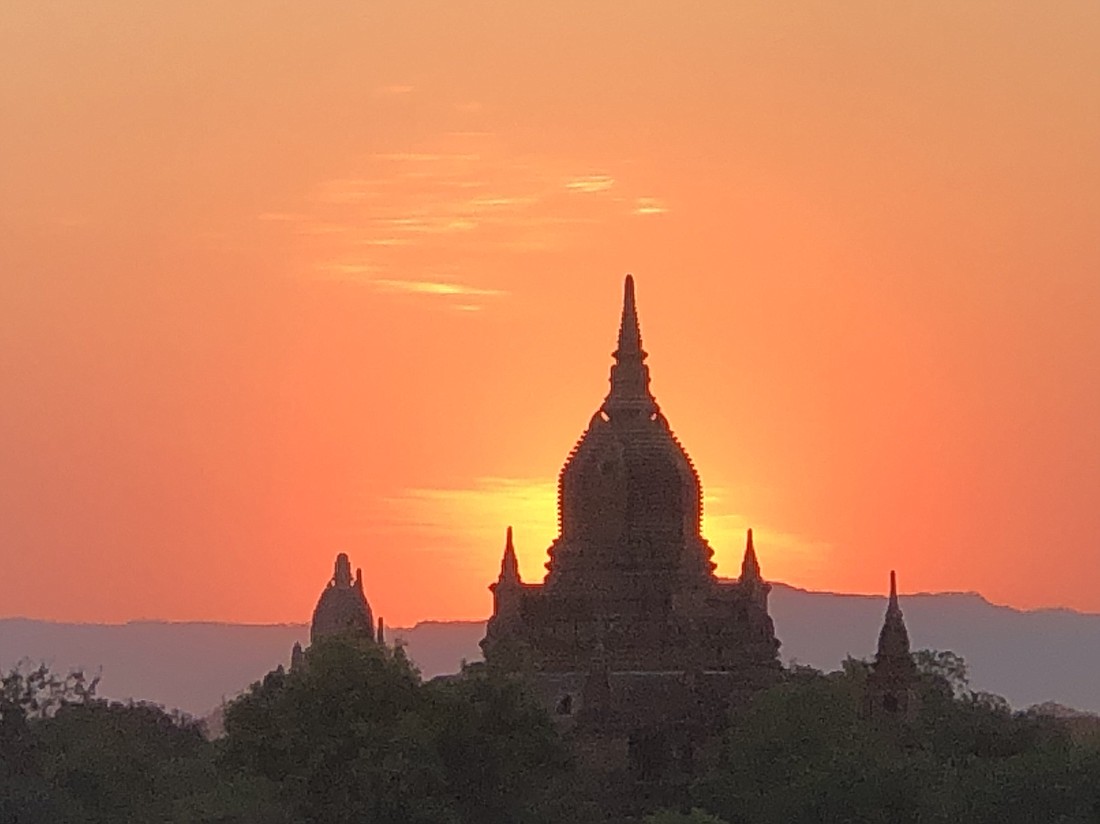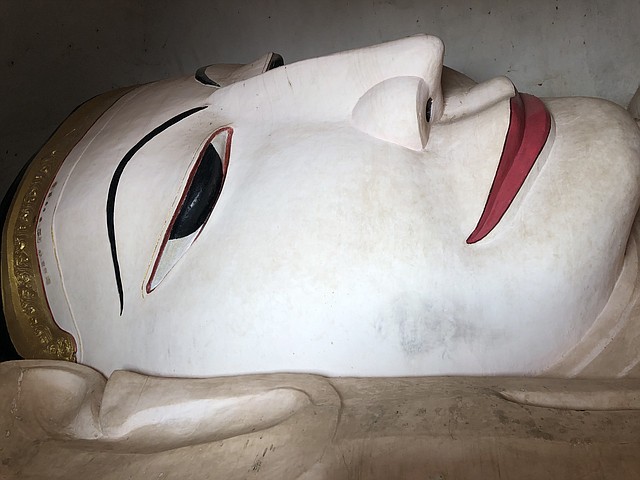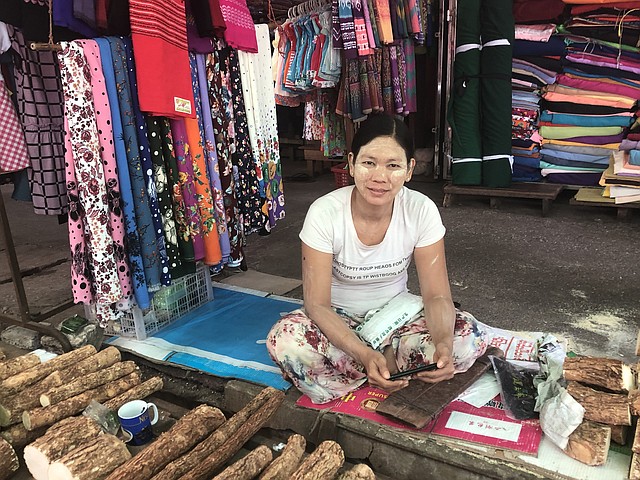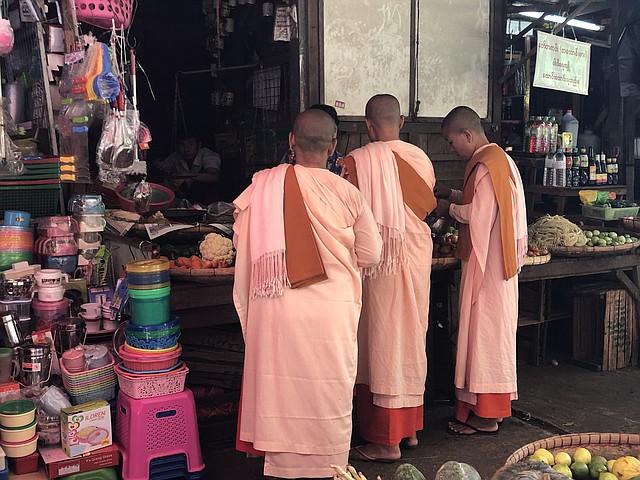Temple hopping in mystical Bagan
March 4, 2019 at 6:00 a.m.
Other monuments of note include the impressive, terraced Htilominio Pagoda, with its sandstone decorations and plaster carvings; Nan Hpaya Temple and its eight stone figures of Brahma; Shwegugyi Temple, featuring fine carvings, a teak Buddha and a history of its construction etched in stone; Thatbyinnyu Temple, the tallest structure on the site; and Manuha Temple, among others. The latter has an interesting past, as it was built by a captive king, who expressed his feelings as a prisoner by housing four immense Buddha images in claustrophobically small niches.
Take a break from your temple explorations to roam Nyaung U Market or visit a lacquerware workshop. The market presents a slice of local life and is a bustling hive of activity. It’s a colorful scene with vendors attired in longyi (the sarong-like garb worn by men and women) selling everything from fresh fish, meat and produce to tea, spices, handicrafts, clothing and more. Just walking around the warren of stalls is a multi-sensory experience, of sights, sounds, smells and tastes. You’ll encounter the friendly Burmese people, who’ll greet you with “Mingalabar,” meaning, “it’s a blessing.” Many of the women and children you see will have a yellow powder on their cheeks, which is a natural sunscreen called “thanaka.” The powder is made by rubbing the bark of the thanaka tree on a stone block and then adding water to create a paste.
Nuns in pink robes are omnipresent in the market, as they collect their daily alms from local residents. Making alms rounds is a way for a monastery or nunnery to receive food, as well as for Buddhists to make their donations. Myanmar has the highest number of people in the monastic order than any other country in the world. There are approximately 500,000 monks, nuns and novices at any one time, in this nation of 53 million. Entering monkhood is a rite of passage for many young boys, although most only spend a short time in the order and do not make a lifetime commitment. The novices often come from poorer families, others are orphaned. They are brought to the monasteries and nunneries to receive care and education.
Bagan is famous for traditional lacquerware production and a tour of one of the workshops provides an interesting glimpse into the complexities of this craft. Most of the lacquerware makers are families that have been creating lacquerware for generations. During a tour, you’ll learn that the lacquer comes from the resin of the Thit-si tree. It’s collected like sap from notches made at the base of the trunk. The body of an object is then constructed with strips of bamboo and painted with lacquer – nine coatings outside and nine inside. Each layer takes a week to dry. Four and a half months later, the piece reaches the design stage, where a pattern is intricately carved (freestyle, no less) using a small knife. Finally, the pattern is filled in with color, typically derived from natural dyes.









